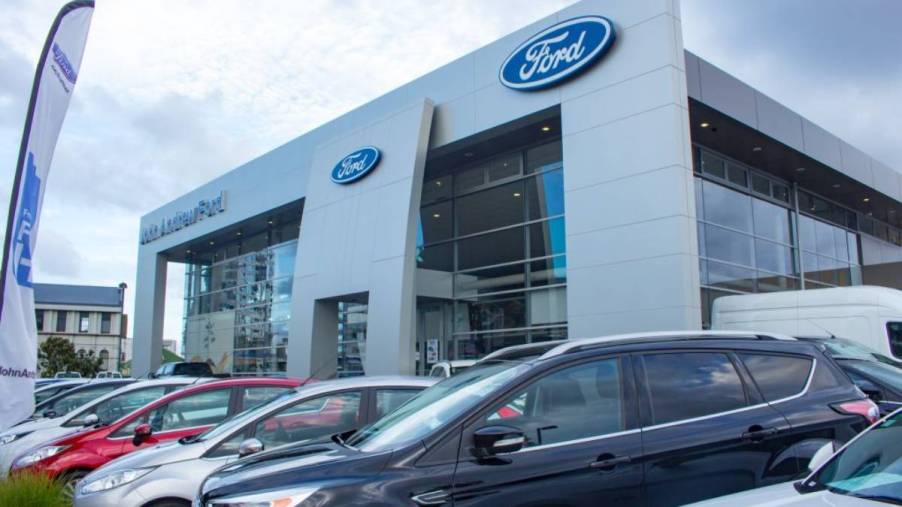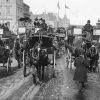
Why Are Car Dealerships Always so Close to Each Other?
The last time you went shopping for a car, you may have noticed that there were a ton of car dealerships around the one you were visiting. It might seem odd to have so many car dealerships within such close proximity. However, there are actually multiple reasons why this is such a common practice.
Car shoppers value variety
Some drivers are easy to please, simply wanting a reasonably affordable car that gets them from Point A to Point B. However, many other drivers dedicate a lot of research toward finding the perfect car that suits their needs.
They might have multiple options based on performance, fuel economy, size, appearance, and so on. Those kinds of shoppers want to test many cars before making their final purchase decision. For them, having a lot of dealerships in one place is convenient.
As MotorHills says, this practice also benefits automakers in a few ways. For instance, say that you’re not in love with the Honda CR-V after you’ve taken it for a spin. There’s probably a Mazda CX-5 or Toyota RAV4 just a short walk away from the Honda dealership.
Automakers know that their customers don’t want to drive all around town just to look for an alternative vehicle. By being as close to a rival as possible, they have a better chance of making a sale.
In many cases, there might be someone who manages multiple dealerships for different automakers. Having all of them placed close together is easier for the owner in terms of management tasks and vehicle deliveries.
Automakers want their dealerships in prime locations
You’ll often see car dealerships close to highways, shopping malls, or other points of interest. Even when you’re not currently in the market for a new car, it’s a form of indirect marketing to see that dealership each day.
As soon as you need another vehicle, you’ll know exactly where to go. It also attracts casual shoppers who are still undecided on which vehicle they want, some of whom may even purchase a car on their first visit.
Dealerships know that this is a prime advertising opportunity, so you may see clusters of them in the same area. This appears counterproductive from a marketing standpoint, it’s actually the opposite. Consider Hotelling’s law: you’re essentially sharing your customers if you open a store right next to a competitor. This means reduced advertising costs for all parties involved.
If dealership owners want to open their doors away from their rivals, they may have to find a lot in a secluded or rural area. Unless buyers have already done some research online beforehand, the majority of them won’t even know that the dealership exists.
Dealerships might be able to pull off such a feat if they sell rare or exotic cars, which buyers make a point to seek out regardless of location. However, the majority of dealerships can’t afford to take such a risk.
Sometimes the location choice isn’t entirely up to the automaker
Even if a car dealership wanted to open up away from the crowds, zoning laws for that region may restrict them from doing so. It’s also no secret that car dealerships need a lot of real estate to accommodate all of their stock, plus the physical building itself. Large lots are often sold right next to each other or in the same general vicinity, which attracts competitors.
However, as we’ve learned from MotorHills, car dealerships usually do just fine by sharing their customers. They don’t have to do as much advertising, plus the shoppers have a better chance of finding their perfect car. It’s a win-win all around, even if those dealership clusters are somewhat of an eyesore to behold.


